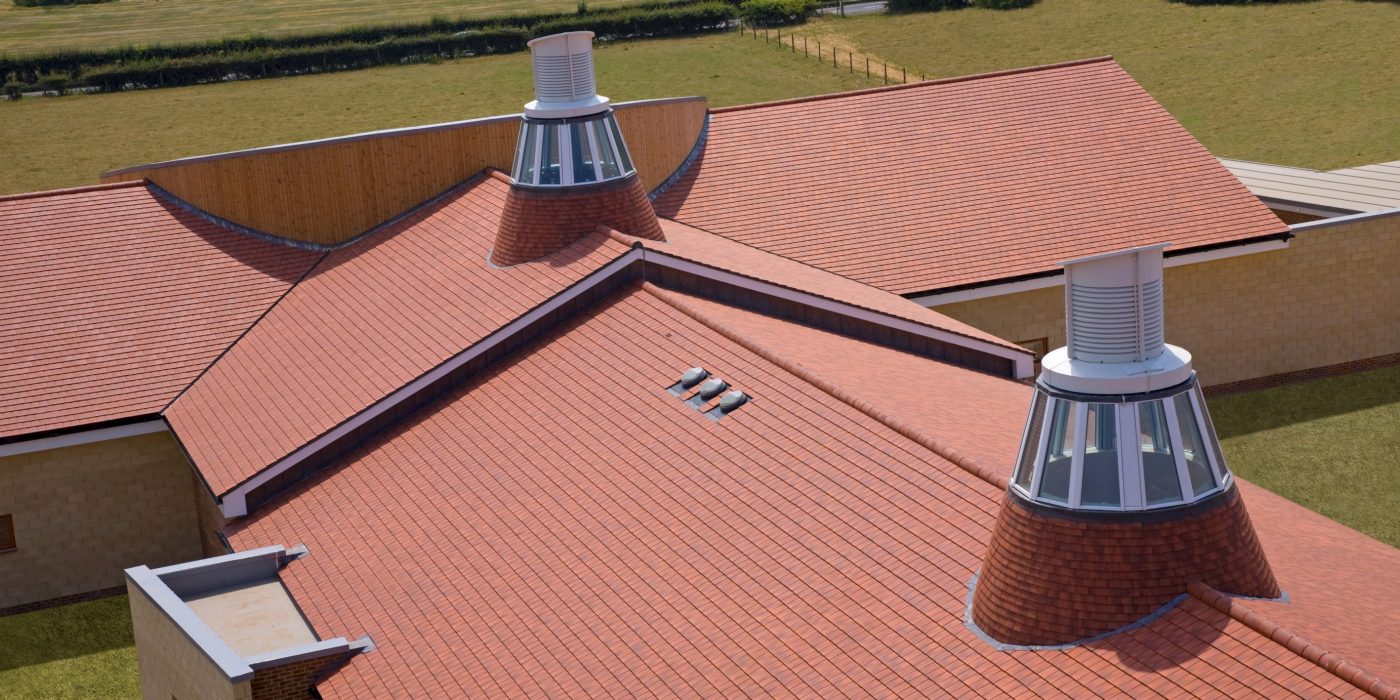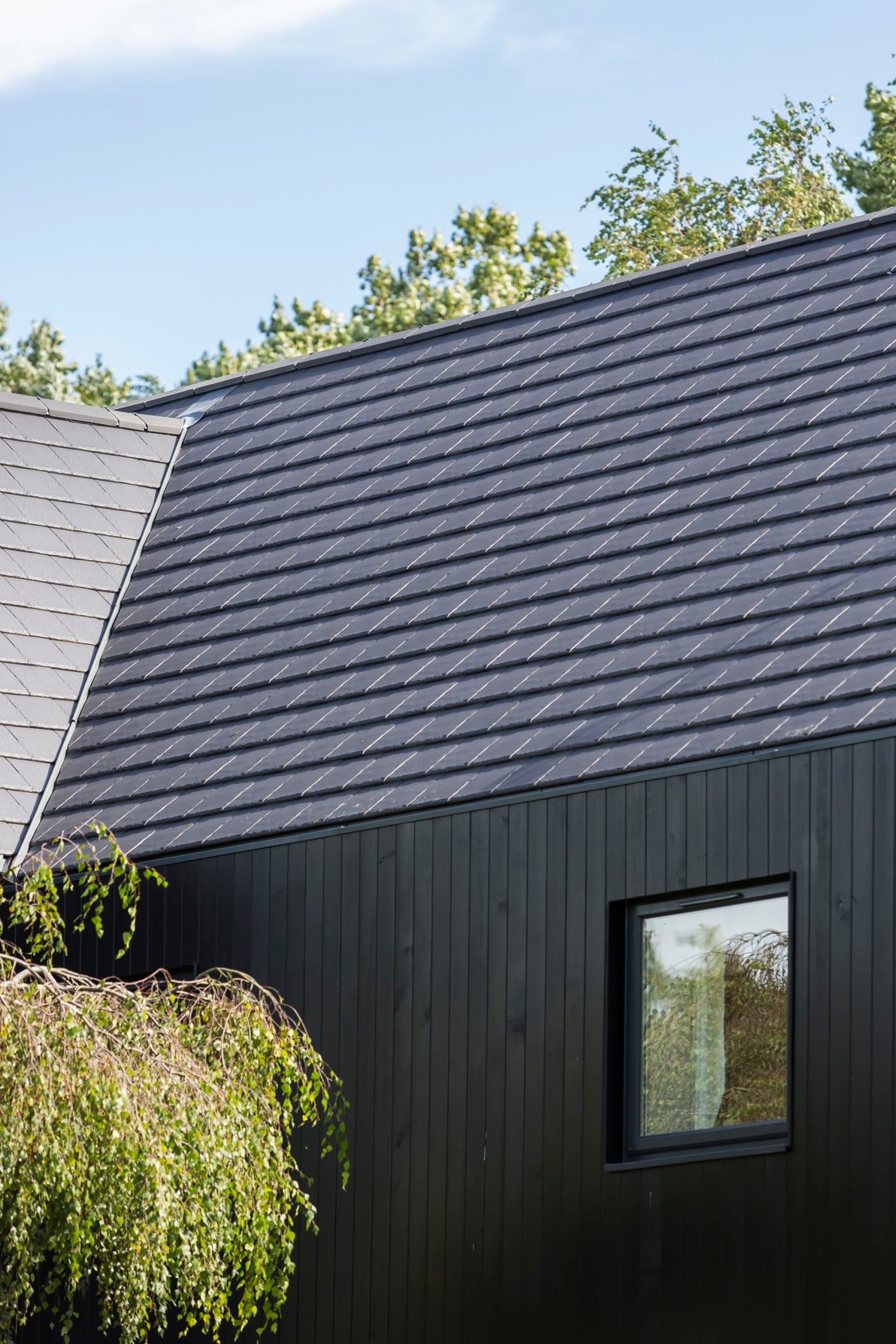What is efflorescence?
Concrete products and mortar consist of sand, gravel, cement and water. The cement is produced by burning together, among other things, alumina and lime. Being natural raw materials, the composition of these substances vary, depending on their origin.
Although quite rare, efflorescence is a naturally occurring phenomenon caused by rainwater, condensation or dew penetrating into the pores of concrete. This carries calcium hydroxide, otherwise known as lime, to the outer surface. The water then evaporates, leaving a white film or bloom.
When does efflorescence occur?
Lime naturally occurs in the cement which is used in the manufacture of all concrete products including roof tiles. Since the lime content of the concrete can vary and the weather conditions obviously differ, the level of efflorescence can also fluctuate considerably.
In the case of mortar bedding at ridges and hips, rainwater may wash the lime down the roof and deposit it on the roof tiles. Once deposited on the surface of the roof tile, the calcium hydroxide reacts with carbon dioxide in the air and becomes an insoluble calcium carbonate.
Does efflorescence disappear naturally?
The process soon ceases as the outer pores of the mortar are closed by the insoluble carbonate. The same chemical process which brings the lime to the surface of a tile carries on, enabling it to be degraded and washed away by the rain, so that eventually the efflorescence disappears by itself - usually in a matter of months. Once the lime has disappeared from the surface of the tiles it rarely re-occurs. Rainwater is slightly acidic, therefore long term weathering will eventually remove the efflorescence, but it is difficult to predict how long this will take. If it is considered necessary to remove the efflorescence without waiting for natural weathering to take its course, then a suitable proprietary hydrochloric acid solution can be applied to the affected area.
Sandtoft treat the surface of all their concrete tiles with acrylic polymer coatings to not only minimise the formation of efflorescence, but to give stronger and longer lasting colours. If efflorescence does appear, it has no detrimental effect on the long-term performance of the tile.
What is lime blow?
Occasionally clay tiles may show small white-centred chips on their surface. These occur when pockets of lime immediately below the surface expand, causing the surface above the lime to be pushed up or 'blown'. This expansion takes place as soon as the tiles leave the kiln as the tiles absorb moisture from the atmosphere. Lime occurs naturally in most clays and expansion can usually be prevented by the manufacturer submerging the tiles in water.
How can you prevent lime blow?
Manufacturers make every effort to prevent lime blows, although occasionally the process can still occur before the tiles have been fully soaked. The expansion action of the lime only occurs immediately after the tiles leave the kiln. The process stops once the tiles have absorbed moisture and cannot re-occur. Therefore there is no risk of further 'pitting' to the tile surface after the tiles have been laid on the roof.
It is a common misconception that clay products can be attacked by frost action due to irregularities within the surface finish but there is no possibility that the small pits, or 'lime blows', will affect the future durability of the tiles.

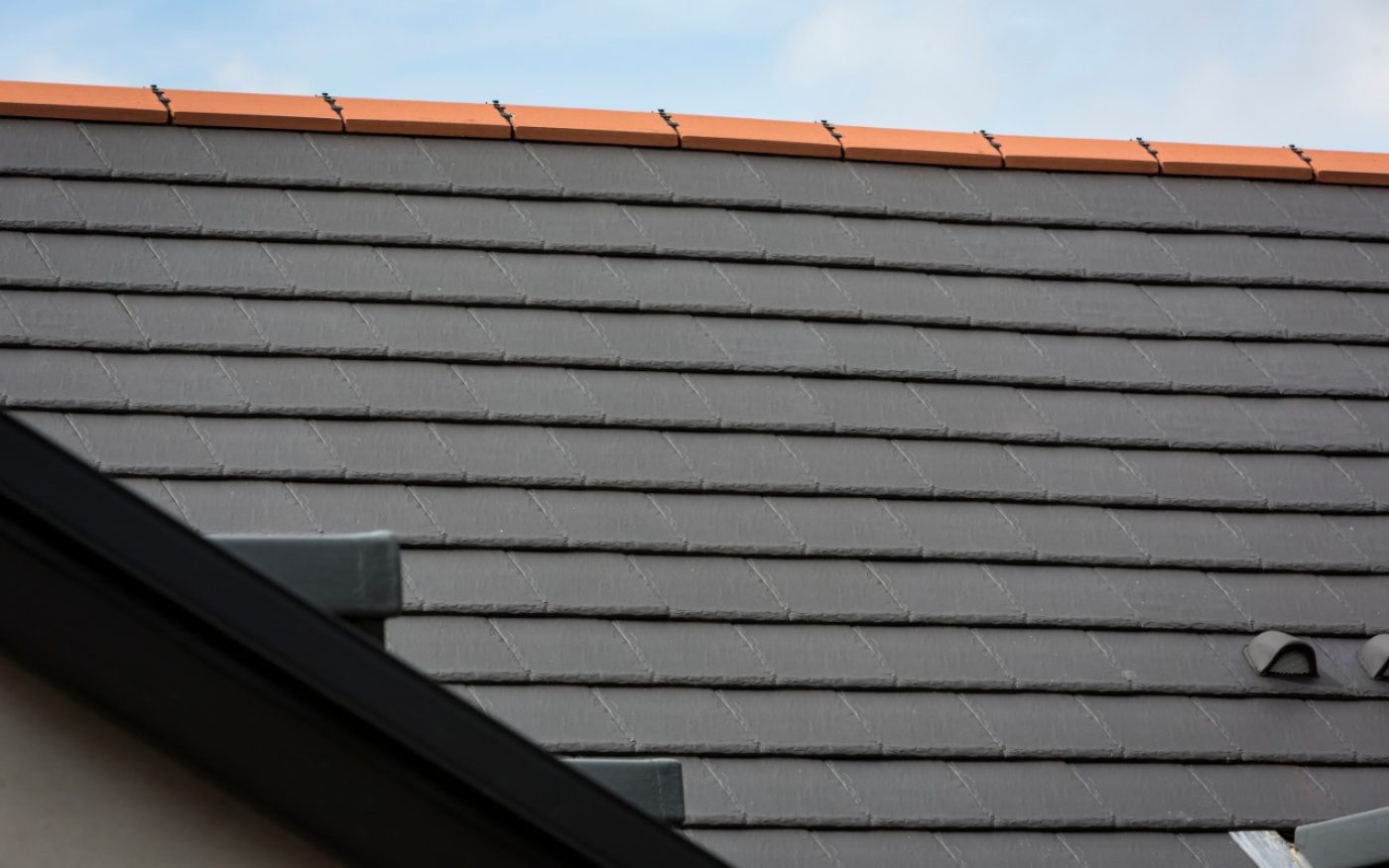
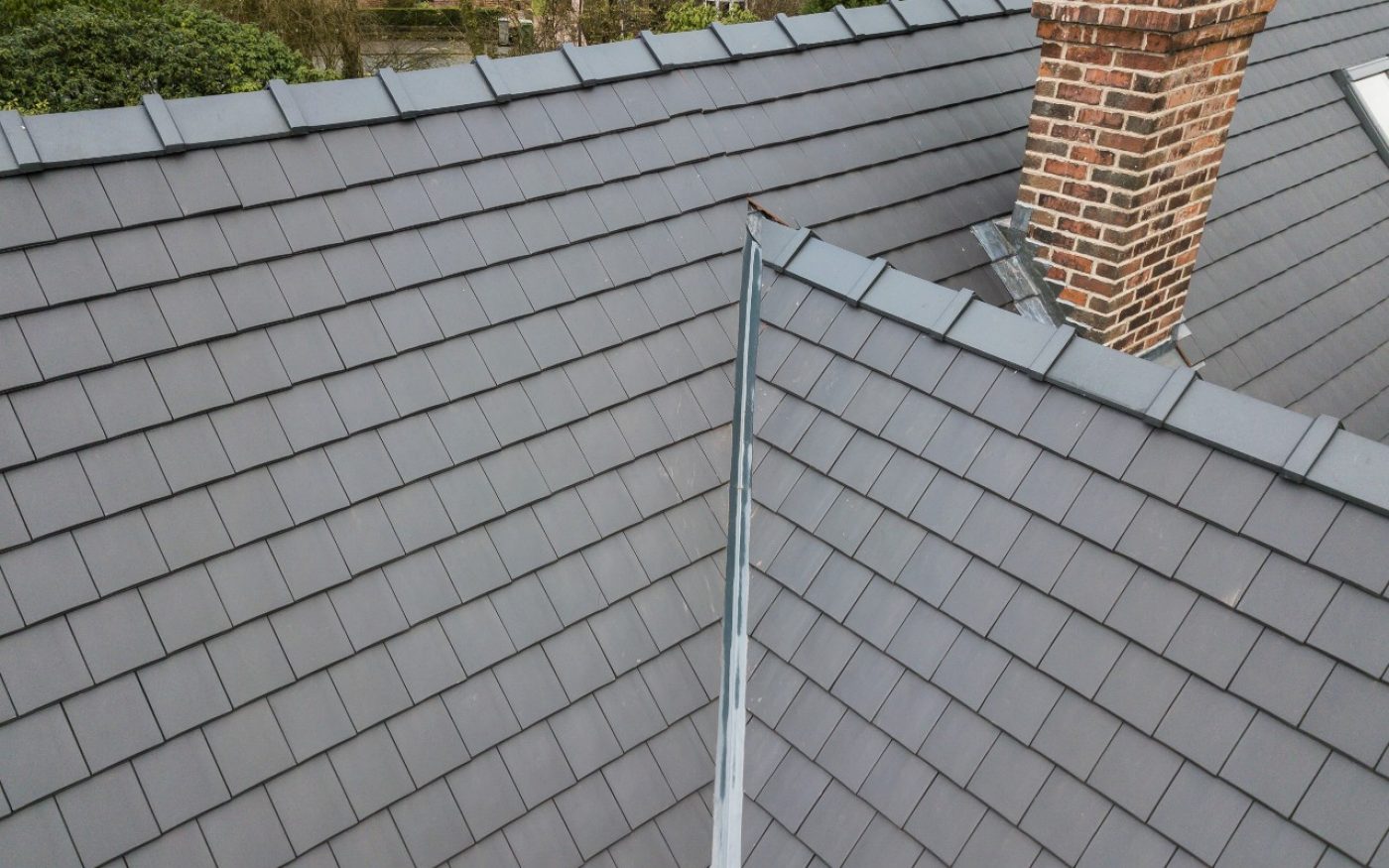
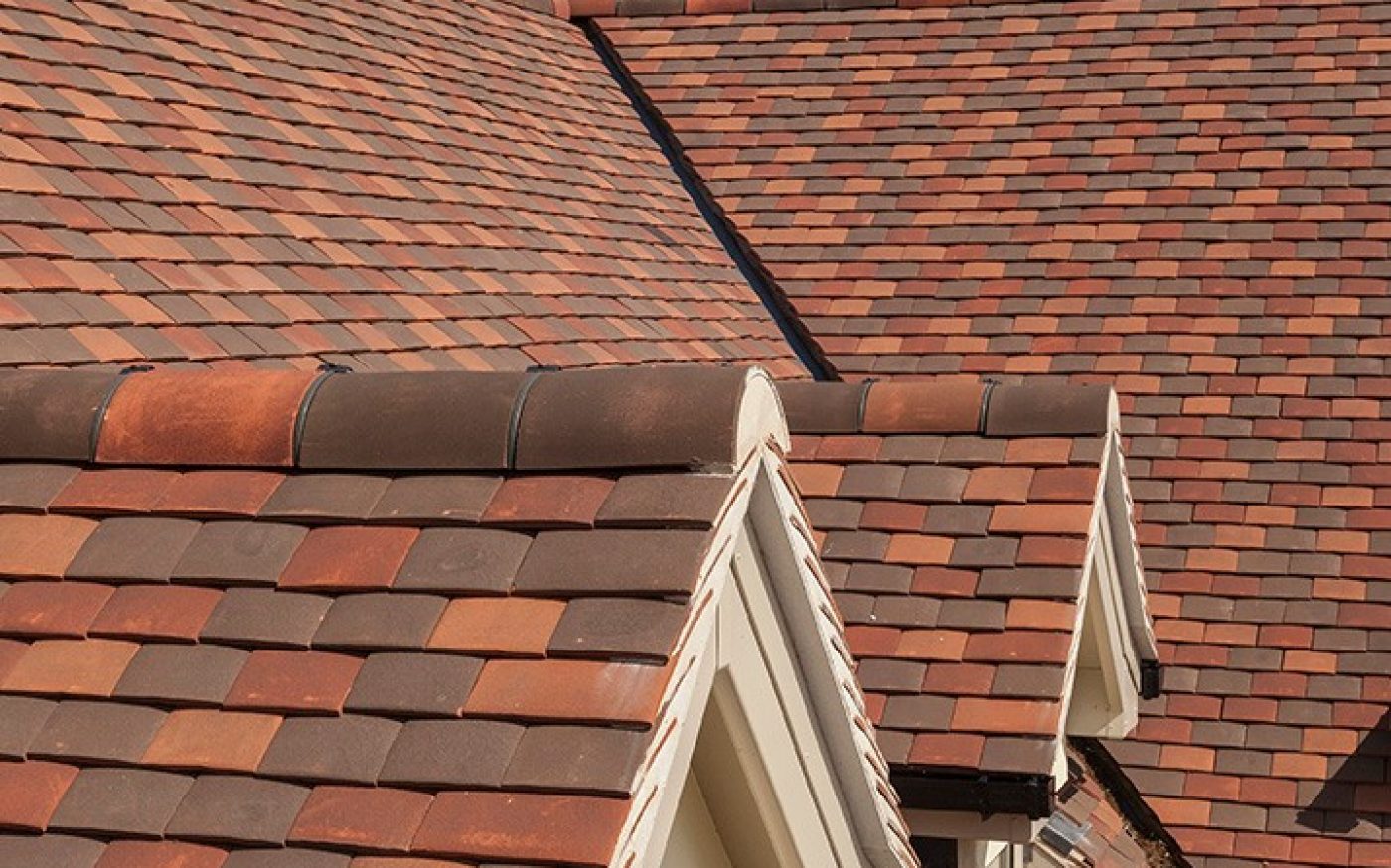
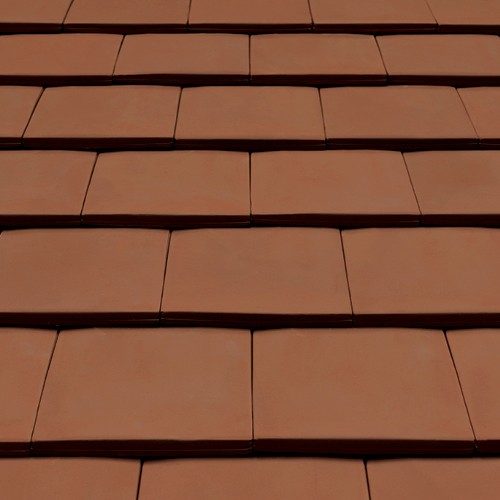
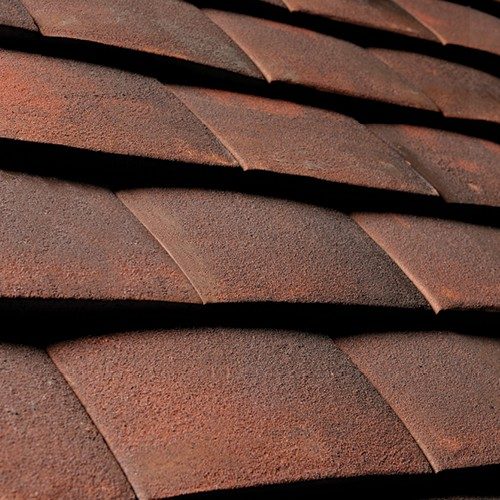
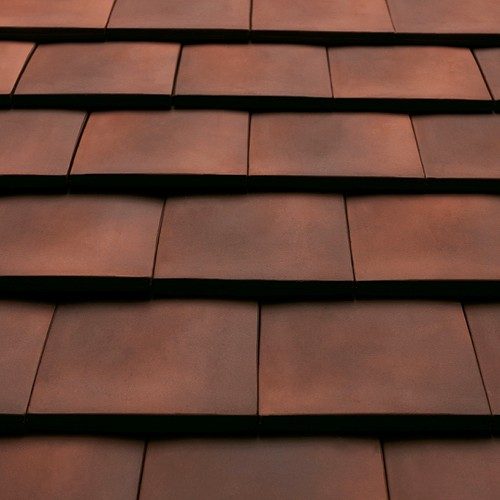
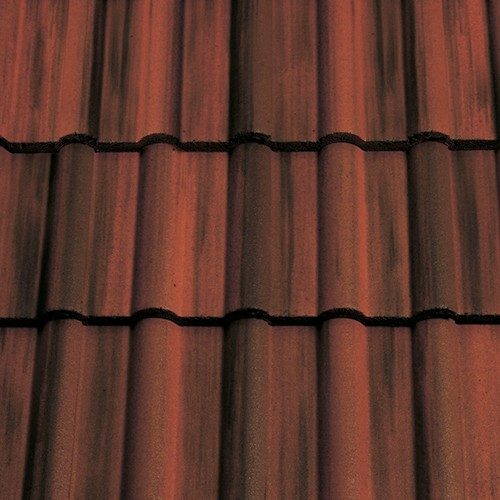
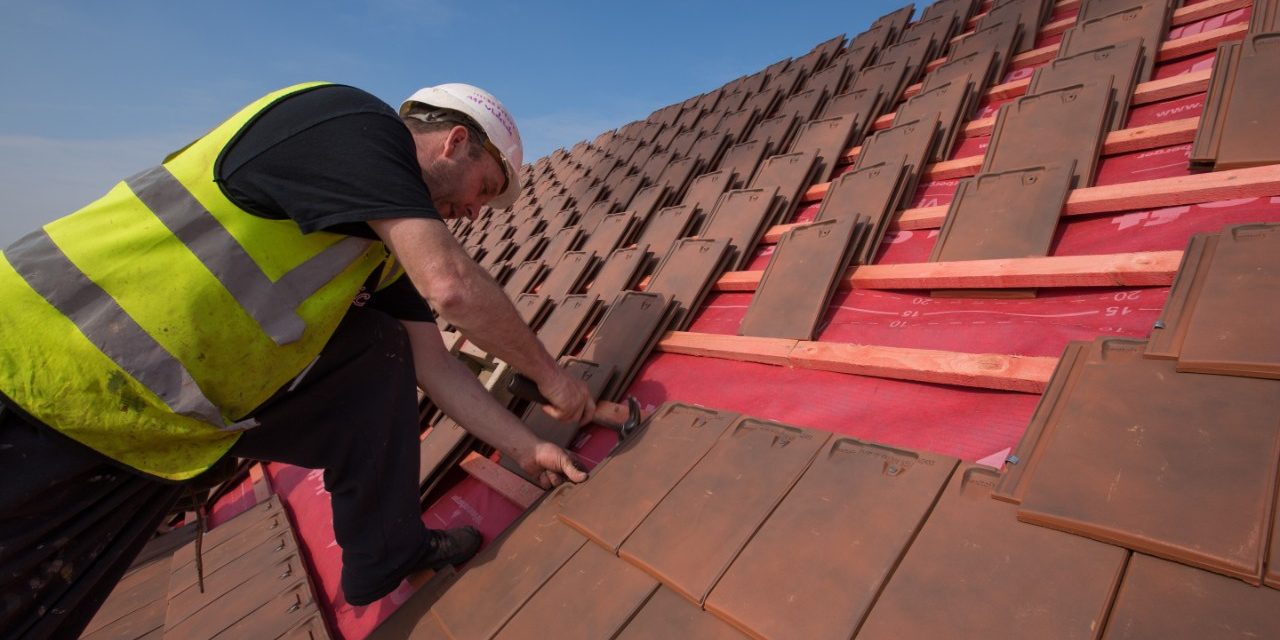
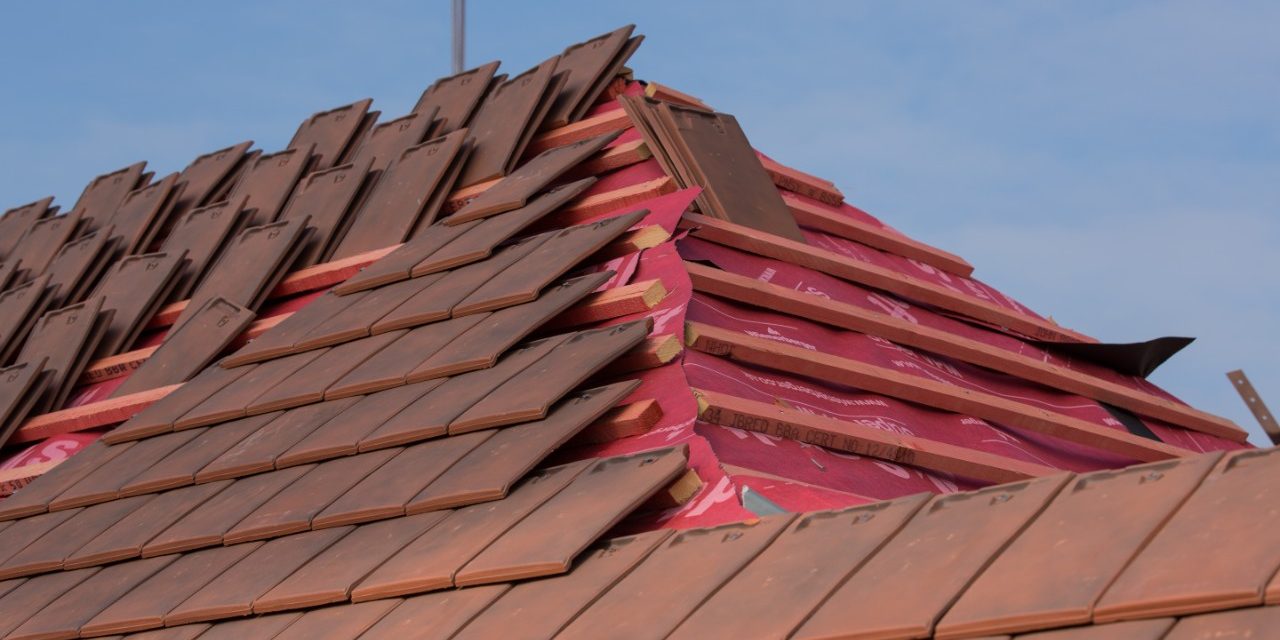
.jpg)
.jpg)
